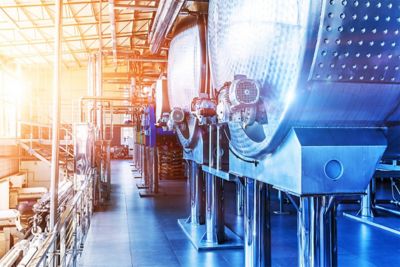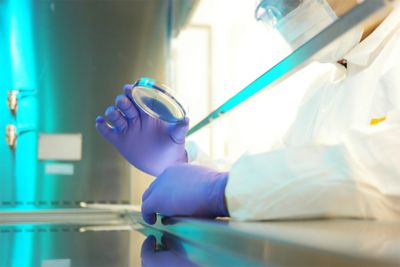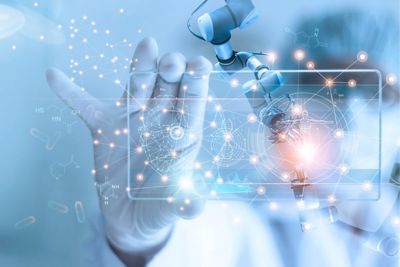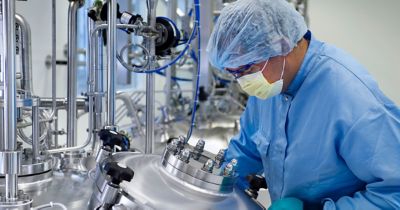Applications
In silico methods are pervasive across drug manufacturing and delivery, offering major reductions in cost and time to market for each component of equipment and devices across all pharmaceutical sectors. Process engineers use modeling and simulation for equipment optimization and scale-up of upstream processes such as bioreactors and mixing tanks and downstream processes, including chromatography, filtration and lyophilization.
In drug delivery, modeling and simulation are used for inhaler and respiratory drug delivery, drug eluting stents, syringes, auto-injectors, and other injection processes.






















